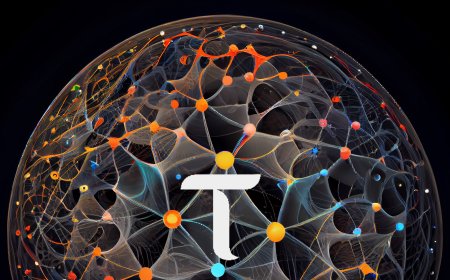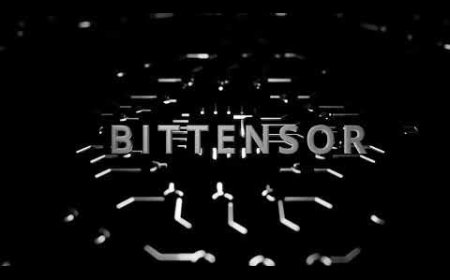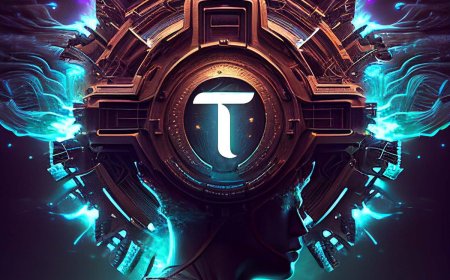Bittensor Launches Dynamic TAO Testnet: A Deep Dive into the Future of Decentralized AI
Bittensor, the pioneering decentralized AI network, has taken a significant step forward with the launch of its Dynamic TAO testnet. This groundbreaking development marks a crucial phase in the evolution of Bittensor's tokenomics and governance model.
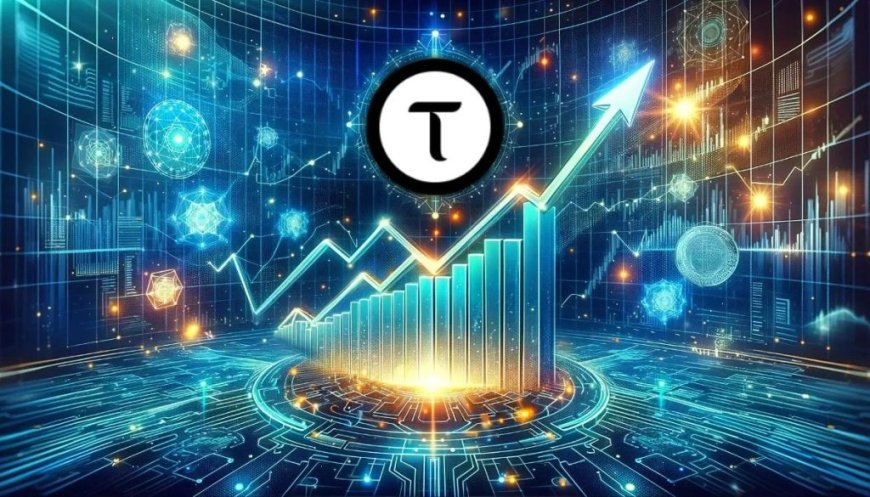
In this comprehensive overview, we'll explore the key features of Dynamic TAO, its potential impact on the Bittensor ecosystem, and the insights gained from the initial testnet deployment.
Understanding Dynamic TAO
Dynamic TAO represents a fundamental shift in how stake and rewards are distributed within the Bittensor network. The core concept introduces subnet-specific staking, replacing the previous global staking model. This change allows for more granular control and incentivization of specific subnets within the Bittensor ecosystem.
Key features of Dynamic TAO include:
- Subnet-specific staking: Users can now stake their TAO tokens directly to individual subnets.
- UniSwap-style pools: Each subnet has its own liquidity pool, facilitating the exchange between TAO and subnet-specific tokens.
- Dynamic emission distribution: Subnet rewards are allocated based on the amount of TAO staked in each subnet's pool.
- Improved incentive alignment: The new model aims to better align the interests of subnet creators, validators, and token holders.
The Testnet Experience
The Dynamic TAO testnet launch was met with enthusiasm from the Bittensor community. Participants were given 100 test TAO tokens to experiment with the new system. The testnet features accelerated block times (3 seconds per block) to facilitate rapid testing and iteration.
Key observations from the testnet:
- Rapid subnet creation: Within hours, multiple subnets were created and actively competing for stake.
- Price discovery: The UniSwap-style pools quickly began to show differentiation in subnet token prices.
- Strategic staking: Participants explored various strategies for maximizing returns across different subnets.
- System stress testing: The accelerated block times pushed the limits of the network, revealing potential scaling challenges.
Tokenomics Deep Dive
The heart of Dynamic TAO lies in its innovative tokenomics model. Each subnet now has its own token, which can be exchanged for TAO through a UniSwap V1-style pool. This mechanism introduces several interesting dynamics:
- Price discovery: The ratio of TAO to subnet tokens in the pool determines the exchange rate, allowing for market-driven valuation of subnet tokens.
- Emission distribution: The amount of TAO in a subnet's pool directly influences its share of the network's emission, creating a dynamic allocation system.
- Slippage considerations: Large stake movements can result in significant price slippage, potentially discouraging excessive concentration of stake.
The testnet revealed that prices for subnet tokens initially spiked due to limited liquidity but began to converge towards their emission rates over time. This behavior aligns with the expected long-term equilibrium in the system.
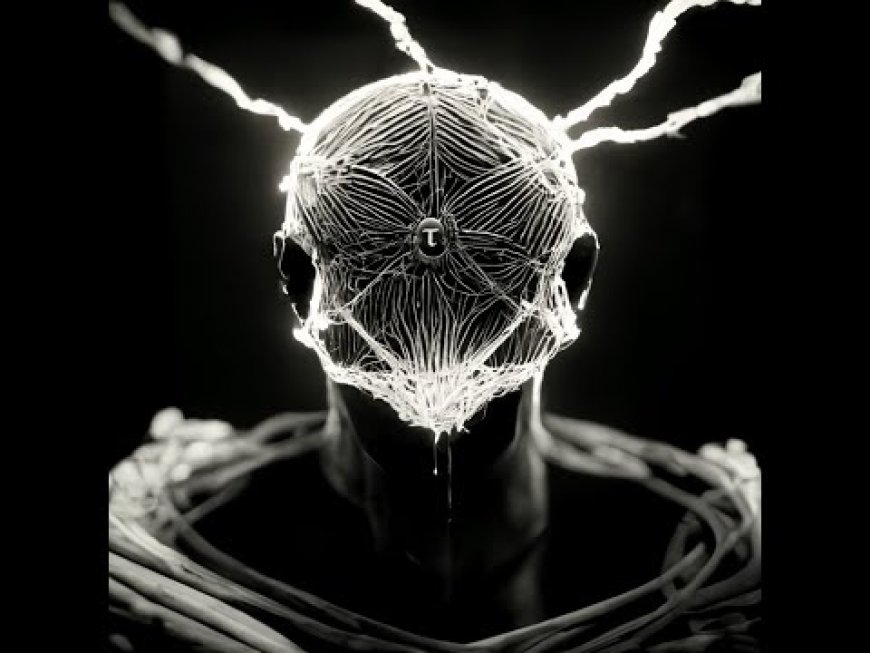
Governance and Subnet Ownership
One of the most hotly debated aspects of Dynamic TAO is the concept of subnet ownership and governance. The testnet implementation included an 18% allocation for subnet creators, sparking discussions about the best way to incentivize innovation while maintaining decentralization.
Key points of discussion:
- Initial distribution: Should subnet creators receive a large initial token allocation instead of an ongoing percentage?
- Lock-up periods: Implementing time-based restrictions on subnet creator tokens to ensure long-term alignment.
- Gradual decay: The possibility of reducing the subnet creator allocation over time to encourage ongoing development.
- Community governance: Exploring mechanisms for token holders to have a say in subnet direction and resource allocation.
Challenges and Considerations
While the Dynamic TAO testnet demonstrated promising potential, it also highlighted several challenges that need to be addressed:
- Complexity: The new system introduces additional complexity, which could be a barrier to entry for less technical participants.
- Potential for manipulation: Concerns were raised about the possibility of large stakeholders manipulating subnet emissions.
- Balancing innovation and stability: Finding the right incentives to encourage subnet development without compromising network stability.
- Scaling considerations: The high transaction volume during the testnet revealed potential bottlenecks that need to be addressed for mainnet implementation.
The Road Ahead
The Bittensor team has emphasized that the Dynamic TAO testnet is just the first step in an iterative development process. Feedback from the community will be crucial in refining the system before its eventual mainnet launch.
Next steps include:
- Additional testnets with refined parameters based on initial feedback.
- Exploration of alternative liquidity pool models, potentially incorporating features from UniSwap V2 or V3.
- Development of user-friendly interfaces to make the system more accessible to non-technical users.
- In-depth economic modeling to predict long-term behavior and stability of the system.
Conclusion
The launch of the Dynamic TAO testnet marks a significant milestone in Bittensor's evolution. By introducing subnet-specific staking and dynamic emission distribution, Bittensor is paving the way for a more flexible and efficient decentralized AI marketplace. While challenges remain, the enthusiasm and engagement from the community suggest a bright future for this innovative approach to tokenomics and governance in the decentralized AI space.
As Bittensor continues to refine and iterate on the Dynamic TAO concept, it has the potential to set a new standard for how decentralized networks incentivize and allocate resources. The coming months will be crucial as the team works to address the challenges identified during the testnet and prepares for a full mainnet implementation.
Source : @Opentensor Foundation

